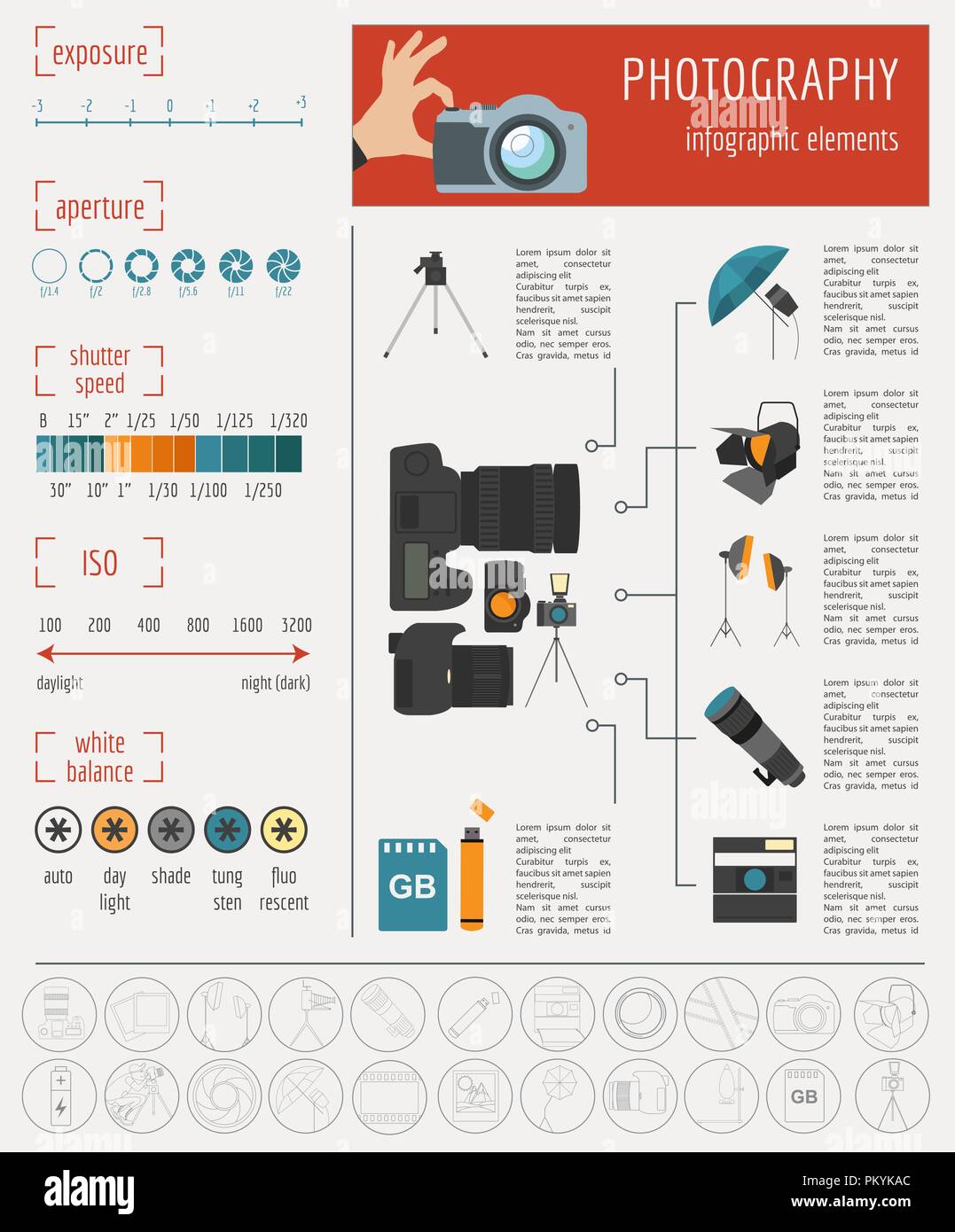Transform Your Digital Photography By Understanding Illumination Strategies That Can Elevate Your Pictures-- Uncover The Common Pitfalls That Could Be Holding You Back
Transform Your Digital Photography By Understanding Illumination Strategies That Can Elevate Your Pictures-- Uncover The Common Pitfalls That Could Be Holding You Back
Blog Article
Created By-Rogers Isaksen
As a photographer, you know that illumination can make or damage your images. Understanding the subtleties of both natural and synthetic light is vital for recording the state of mind and clearness you go for in your job. Whether https://squareblogs.net/moises1mirella/change-your-picture-photography-with-basic-methods-that-boost-lights-and going after the ideal golden hour glow or fine-tuning your synthetic configurations, mastering these elements can raise your digital photography significantly. However there prevail challenges that numerous ignore, and acknowledging them can change your approach to every shoot. Let's explore what you may be missing and just how it can impact your results.
Understanding All-natural Light
Understanding natural light is important for any kind of digital photographer wanting to improve their work. It's the structure of great photography, influencing state of mind, tone, and clarity. When you fire outdoors, pay attention to the time of day. The golden hour-- quickly after dawn and prior to sunset-- uses soft, warm light that can transform common scenes into magnificent photos.
Don't ignore the power of cloudy days. Cloud cover diffuses sunlight, developing a soft, even light that's best for pictures and macro digital photography. pop over here 'll find shades appear this type of lights without extreme shadows.
Placing issues, too. Constantly consider your subject's alignment to the light. If the sun's behind your topic, you may wind up with a silhouette, which can be dramatic but mightn't be what you desire. On the other hand, straight sunshine can create unflattering darkness.
Try out angles; in some cases, changing your perspective can generate outstanding outcomes. Use all-natural reflectors, like water or sand, to jump light onto your subject, including dimension.
Mastering Artificial Light
Mastering man-made light is crucial for digital photographers that wish to take their skills to the following level. Whether you're utilizing speedlights, studio strobes, or continuous lights, comprehending just how to manipulate these sources can considerably enhance your pictures.
Begin by acquainting yourself with the fundamentals of light quality, instructions, and color temperature level. Trying out various modifiers like softboxes, umbrellas, or grids to regulate the gentleness or violence of the light.
You'll discover that soft light commonly produces complementary outcomes, while harsher light can add drama and depth. Don't avoid darkness; they can enhance the three-dimensionality of your subjects.
Pay very close attention to the positioning of your lights. A light located also near your subject can produce uncomplimentary results, while as well far can lead to a lack of information. Use a light meter or your camera's histogram to ensure you're revealing properly.
Lastly, bear in mind that synthetic light can be blended with ambient light for innovative effects. Balancing these resources may take technique, but once you understand it, your photography will genuinely radiate.
Methods for Different Scenarios
When you enter different shooting scenarios, adapting your lights methods is essential for capturing the most effective pictures. For exterior pictures, use the golden hour-- morning or late afternoon light-- to soften shadows and boost skin tones.
If it's an extreme midday sun, think about utilizing a reflector to bounce light back onto your subject or look for shaded locations for a more even exposure.
In low-light scenarios, like indoor events, increase your ISO and use a broad aperture to let in more light. A tripod can aid get rid of electronic camera shake, enabling longer exposures without obscuring.
If you're shooting at night, try out off-camera flash to develop vibrant lights and depth in your photos.
For product digital photography, use diffused lights to prevent harsh reflections. Softboxes or light tents can aid attain this impact.
When photographing landscapes, think about the direction of light and time of day, as it can significantly alter the state of mind of your shot.
Constantly prepare to readjust your settings and positioning based upon the situation, as versatility is vital to mastering lighting in photography.
Final thought
In conclusion, grasping lights is vital to boosting your photography abilities. Accept natural light's appeal throughout gold hour, and do not avoid trying out artificial light methods. By adjusting your method to different situations, you'll catch spectacular photos that reverberate with feeling and clarity. Bear in mind, the best illumination can change a common shot into something phenomenal, so maintain exercising and refining your understanding of both all-natural and man-made light. Satisfied capturing!
